-
 Bitcoin
Bitcoin $118100
-0.44% -
 Ethereum
Ethereum $3585
5.43% -
 XRP
XRP $3.434
5.65% -
 Tether USDt
Tether USDt $1.000
0.02% -
 BNB
BNB $743.8
3.89% -
 Solana
Solana $178.7
3.84% -
 USDC
USDC $1.000
0.03% -
 Dogecoin
Dogecoin $0.2381
12.81% -
 TRON
TRON $0.3270
3.62% -
 Cardano
Cardano $0.8315
4.93% -
 Hyperliquid
Hyperliquid $44.51
-4.42% -
 Stellar
Stellar $0.4710
1.52% -
 Sui
Sui $3.896
-2.51% -
 Chainlink
Chainlink $18.09
6.98% -
 Hedera
Hedera $0.2681
9.31% -
 Bitcoin Cash
Bitcoin Cash $516.7
4.83% -
 Avalanche
Avalanche $23.95
6.96% -
 Shiba Inu
Shiba Inu $0.00001490
5.67% -
 UNUS SED LEO
UNUS SED LEO $8.966
0.80% -
 Toncoin
Toncoin $3.294
4.39% -
 Litecoin
Litecoin $105.4
4.69% -
 Polkadot
Polkadot $4.356
5.30% -
 Uniswap
Uniswap $10.29
17.25% -
 Monero
Monero $327.9
-3.04% -
 Bitget Token
Bitget Token $4.942
4.33% -
 Ethena USDe
Ethena USDe $1.001
0.08% -
 Pepe
Pepe $0.00001348
2.17% -
 Dai
Dai $1.000
0.02% -
 Aave
Aave $320.8
0.58% -
 Bittensor
Bittensor $411.8
-4.07%
What is the blockchain trilemma?
The blockchain trilemma describes the challenge of balancing scalability, security, and decentralization, with most systems prioritizing two while compromising the third.
Jul 06, 2025 at 04:56 am
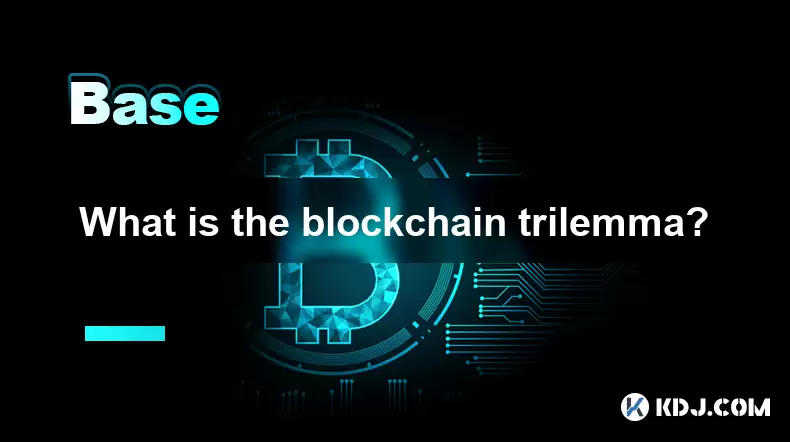
Understanding the Blockchain Trilemma
The blockchain trilemma is a concept that highlights the three core challenges or trade-offs faced in blockchain network design: scalability, security, and decentralization. These three properties are fundamental to blockchain systems, but achieving all three simultaneously at a high level is considered extremely difficult.
In traditional centralized systems, scalability can be easily improved by adding more powerful servers or infrastructure. However, in a decentralized environment like blockchain, every node must validate transactions independently. This requirement inherently limits how fast and efficiently a blockchain can process transactions without compromising on security or decentralization.
Scalability refers to the system's ability to handle a growing number of transactions and users efficiently.
Security ensures that the network is resistant to attacks such as 51% attacks, Sybil attacks, and other malicious behaviors.
Decentralization means that no single entity has control over the entire network, promoting fairness, transparency, and resistance to censorship.
Why Scalability Is a Major Challenge
One of the most visible aspects of the blockchain trilemma is the issue of scalability. Traditional payment systems like Visa can process thousands of transactions per second (TPS), while early blockchains like Bitcoin can only manage around 7 TPS.
This limitation stems from the fact that each transaction must be verified and recorded across every node in the network. As the number of participants increases, so does the time required for consensus. Additionally, larger block sizes or faster block times can help improve throughput, but they may also introduce centralization risks if only a few nodes can afford to maintain the network.
Solutions like layer-2 protocols (e.g., Lightning Network) and sharding (as proposed in Ethereum 2.0) aim to address this problem by offloading some transaction processing away from the main chain or splitting the data into smaller partitions.
The Role of Security in the Trilemma
Security is crucial in maintaining the integrity and trustworthiness of a blockchain. A secure blockchain must resist various types of attacks, including double-spending, consensus manipulation, and network partitioning.
However, enhancing security often comes at the cost of either reducing scalability or increasing centralization. For example, Proof-of-Work (PoW) is highly secure due to its energy-intensive mining process, but it leads to slower transaction confirmations and higher energy consumption. On the other hand, Proof-of-Stake (PoS) reduces energy usage but might lead to wealth concentration among validators, which could undermine decentralization.
Moreover, newer consensus algorithms and cryptographic techniques, such as zero-knowledge proofs, are being explored to improve security without sacrificing performance or decentralization.
Decentralization and Its Trade-Offs
Decentralization is one of the foundational principles of blockchain technology. It allows peer-to-peer transactions without intermediaries and prevents any single point of failure. However, achieving full decentralization can hinder scalability and security.
For instance, a fully decentralized network requires a large number of independent nodes to validate transactions, which increases communication overhead and slows down the consensus process. Conversely, reducing the number of nodes or increasing their hardware requirements can make the network faster and more secure, but at the expense of decentralization.
Some projects attempt to balance this by using hybrid models, such as delegated proof-of-stake (DPoS), where token holders vote for a limited set of validators. While this improves performance, it also concentrates power among a few elected entities, making the network less decentralized.
Real-World Examples of the Trilemma in Practice
Several prominent blockchain platforms have made different compromises when addressing the trilemma:
- Bitcoin prioritizes security and decentralization but sacrifices scalability due to its PoW mechanism and limited block size.
- Ethereum initially followed a similar path but is transitioning to PoS with Ethereum 2.0 to improve scalability through sharding and layer-2 solutions.
- Solana focuses on high throughput and low latency by using a combination of PoS and innovative consensus mechanisms, though critics argue it sacrifices decentralization.
- Polkadot and Cosmos take a multi-chain approach, aiming to scale by connecting multiple blockchains while preserving security and decentralization through shared security models or interoperable zones.
Each platform makes strategic decisions based on its goals and target audience, highlighting the complexity of solving the blockchain trilemma.
Approaches to Solving the Blockchain Trilemma
Various technical innovations have been proposed or implemented to mitigate the limitations imposed by the trilemma:
- Layer-2 scaling solutions like state channels and rollups move transaction processing off the main chain, improving scalability without compromising the underlying security of the base layer.
- Sharding splits the blockchain into smaller segments (shards), allowing parallel transaction processing and reducing the load on individual nodes.
- Consensus algorithm upgrades such as moving from PoW to PoS or implementing hybrid consensus mechanisms can enhance efficiency and reduce energy consumption.
- Optimized networking protocols like compact block relay and better peer discovery mechanisms reduce bandwidth usage and increase propagation speed across nodes.
These approaches illustrate the ongoing efforts within the blockchain community to find practical balances between scalability, security, and decentralization.
Frequently Asked Questions
Q: Can a blockchain achieve all three aspects of the trilemma equally?
A: In theory, achieving perfect balance among scalability, security, and decentralization is extremely challenging. Most current blockchain systems prioritize two out of the three, depending on their use case and design philosophy.
Q: How does sharding affect decentralization?
A: Sharding can potentially reduce decentralization if the number of nodes per shard is too small or if participation becomes technically demanding. However, well-designed sharding systems aim to maintain decentralization by ensuring fair validator distribution and random assignment.
Q: What role do zero-knowledge proofs play in addressing the trilemma?
A: Zero-knowledge proofs allow for verification of transactions without revealing sensitive data, enabling privacy-preserving scalability solutions like zk-Rollups. They help improve scalability while maintaining high levels of security and decentralization.
Q: Are there any new consensus mechanisms aimed at solving the trilemma?
A: Yes, newer consensus algorithms such as Avalanche, Algorand, and Tendermint combine elements of PoS with novel approaches to reach consensus faster while preserving decentralization and security. These mechanisms are actively being tested and adopted by various blockchain platforms.
Disclaimer:info@kdj.com
The information provided is not trading advice. kdj.com does not assume any responsibility for any investments made based on the information provided in this article. Cryptocurrencies are highly volatile and it is highly recommended that you invest with caution after thorough research!
If you believe that the content used on this website infringes your copyright, please contact us immediately (info@kdj.com) and we will delete it promptly.
- Altcoins, Ethereum, and SharpLink: A New Era in Crypto Investment?
- 2025-07-19 09:15:12
- Coin Shop Homicide: Guilty Verdict After Decade-Long Wait
- 2025-07-19 08:50:13
- Ethereum's Ether Surge: Riding High at $3,700 – What's Fueling the Rally?
- 2025-07-19 09:15:12
- Shiba Inu, Pepe, and the Token Rally: What's Next for Meme Coins?
- 2025-07-19 08:50:13
- BlockDAG, XRP, and the Quest for Higher Returns: A 2025 Crypto Deep Dive
- 2025-07-19 09:15:14
- PEPE Coin, Ozak AI, and Crypto Analysis: Riding the Meme Wave to Potential Gains
- 2025-07-19 09:15:14
Related knowledge
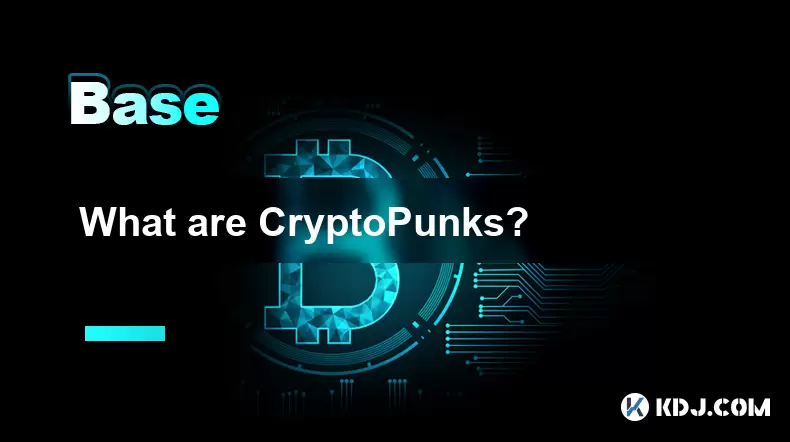
What are CryptoPunks?
Jul 19,2025 at 08:28am
Understanding the Basics of Bitcoin MiningBitcoin mining is the process through which new Bitcoin is introduced into circulation and transactions are ...
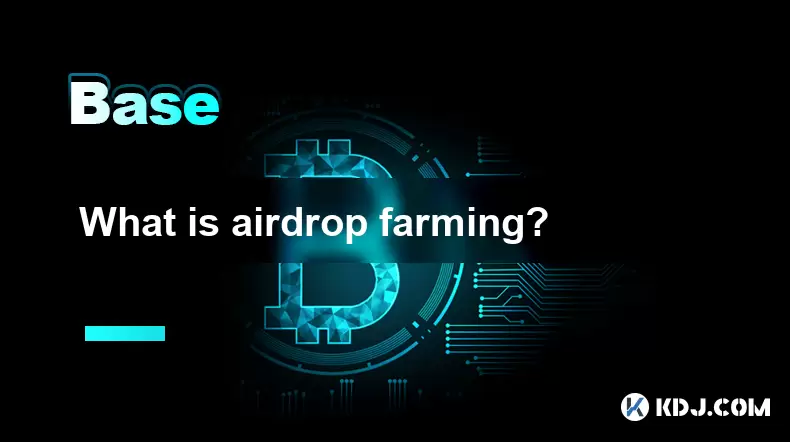
What is airdrop farming?
Jul 19,2025 at 03:56am
What Is Airdrop Farming?Airdrop farming is a term that refers to the process of accumulating tokens or coins through participating in airdrops and yie...
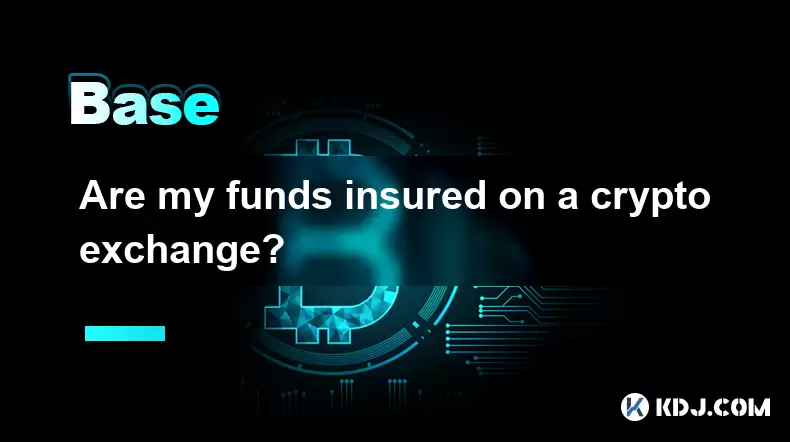
Are my funds insured on a crypto exchange?
Jul 19,2025 at 08:21am
Understanding the Concept of Fund Insurance on Crypto ExchangesWhen users store their digital assets on a cryptocurrency exchange, they often wonder w...
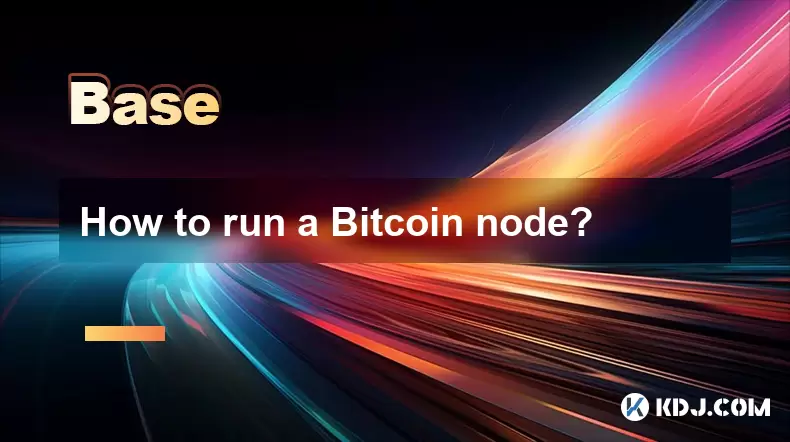
How to run a Bitcoin node?
Jul 19,2025 at 06:43am
What is a Bitcoin Node?A Bitcoin node is a software program that connects to the Bitcoin network and helps validate and relay transactions and blocks....
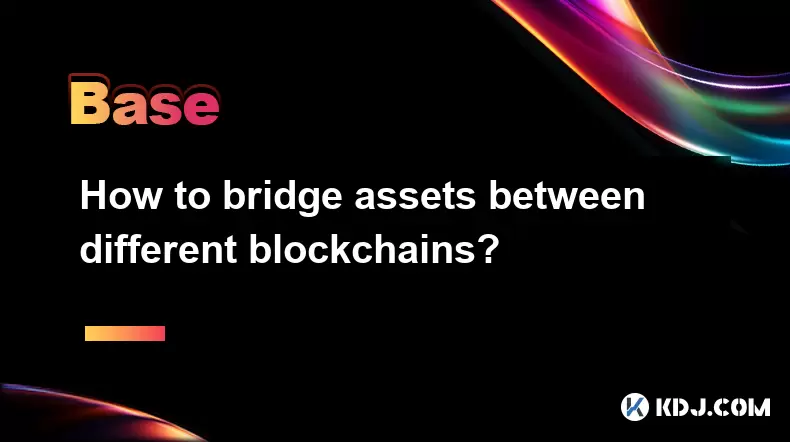
How to bridge assets between different blockchains?
Jul 19,2025 at 04:07am
Understanding Cross-Chain BridgingBridging assets between different blockchains refers to the process of transferring digital assets—such as tokens or...
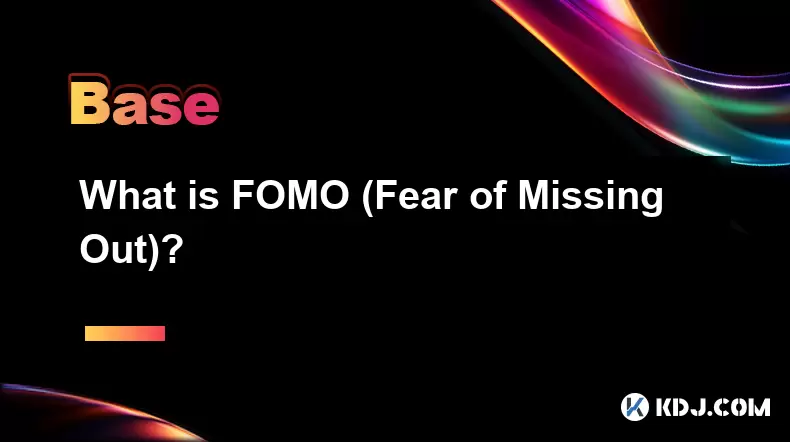
What is FOMO (Fear of Missing Out)?
Jul 19,2025 at 09:21am
Understanding the Concept of FOMO in CryptocurrencyFOMO, short for Fear of Missing Out, is a psychological phenomenon commonly observed in the cryptoc...

What are CryptoPunks?
Jul 19,2025 at 08:28am
Understanding the Basics of Bitcoin MiningBitcoin mining is the process through which new Bitcoin is introduced into circulation and transactions are ...

What is airdrop farming?
Jul 19,2025 at 03:56am
What Is Airdrop Farming?Airdrop farming is a term that refers to the process of accumulating tokens or coins through participating in airdrops and yie...

Are my funds insured on a crypto exchange?
Jul 19,2025 at 08:21am
Understanding the Concept of Fund Insurance on Crypto ExchangesWhen users store their digital assets on a cryptocurrency exchange, they often wonder w...

How to run a Bitcoin node?
Jul 19,2025 at 06:43am
What is a Bitcoin Node?A Bitcoin node is a software program that connects to the Bitcoin network and helps validate and relay transactions and blocks....

How to bridge assets between different blockchains?
Jul 19,2025 at 04:07am
Understanding Cross-Chain BridgingBridging assets between different blockchains refers to the process of transferring digital assets—such as tokens or...

What is FOMO (Fear of Missing Out)?
Jul 19,2025 at 09:21am
Understanding the Concept of FOMO in CryptocurrencyFOMO, short for Fear of Missing Out, is a psychological phenomenon commonly observed in the cryptoc...
See all articles

























































































